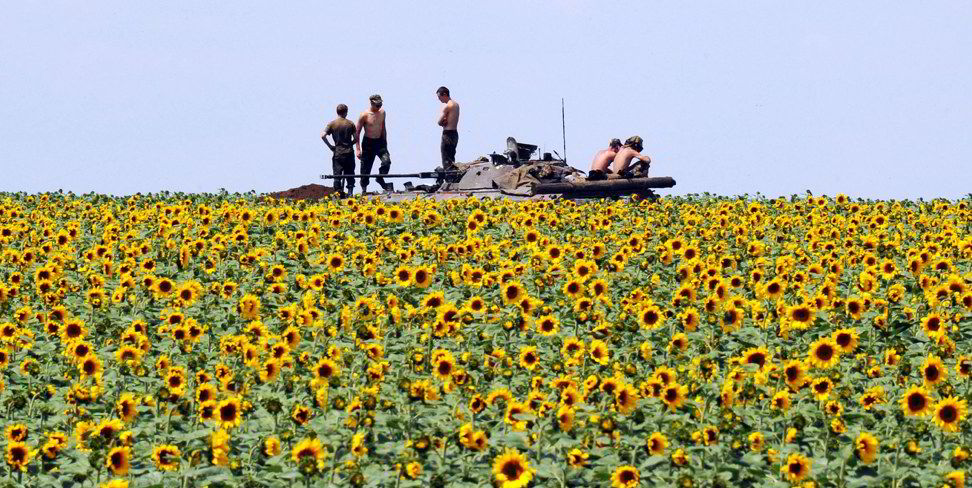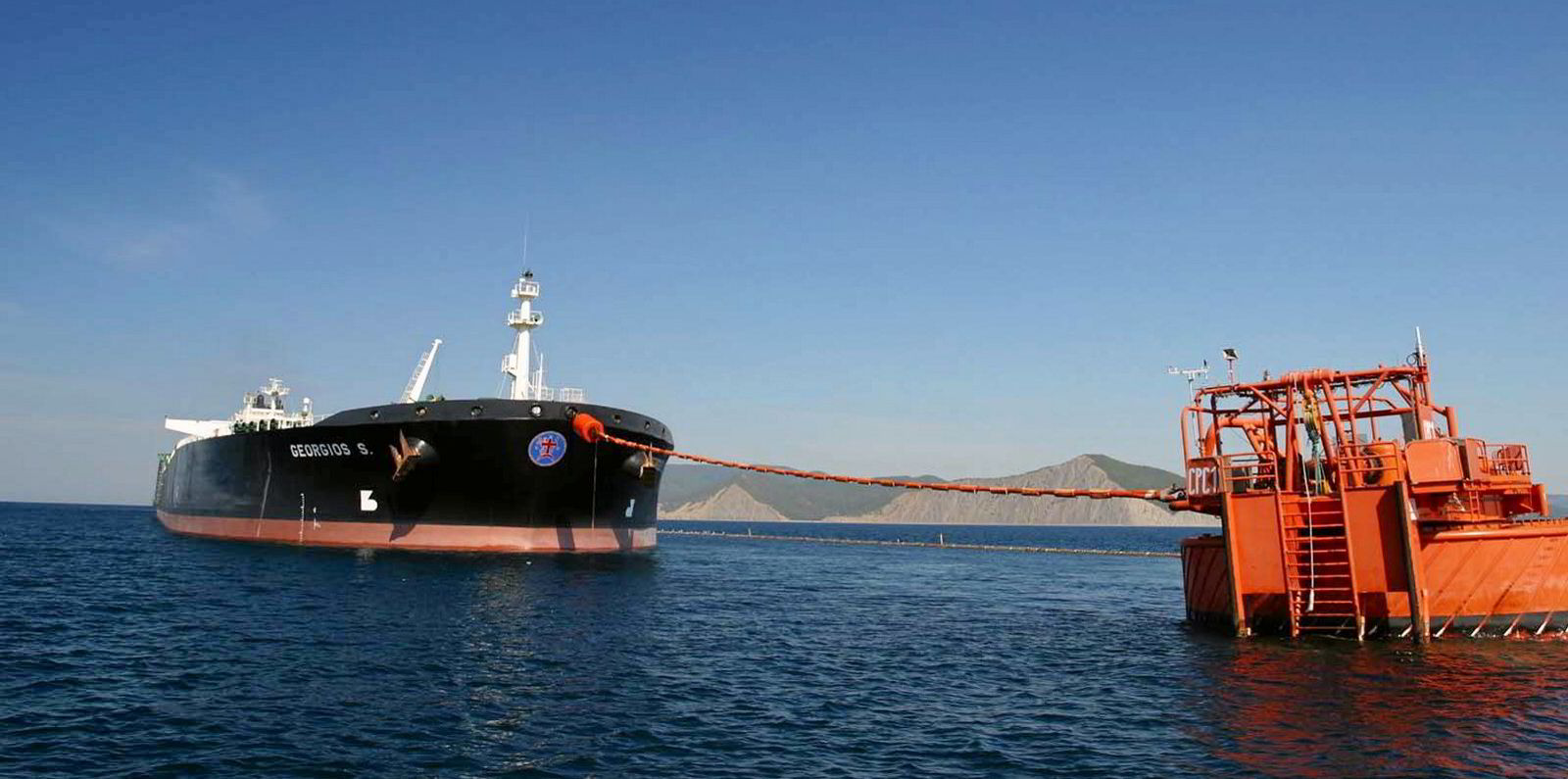Russia’s invasion of Ukraine is wreaking havoc in the edible oil markets, sending already hot prices through the roof, and changing the trading patterns of the tankers that carry the product.
The Ukraine crisis has effectively removed the world’s largest sunflower oil producer from the market, and an ongoing drought is curtailing the supply of South American soybean oil.
Edible oil importers around the world are instead looking at palm oil as a replacement.
Palm oil prices may have risen by 38% so far in 2022, but shortages of sunflower oil and soybean oil have sent prices of these two products even higher than palm, which is usually the more costly commodity.
Reuters reported that on 19 April palm oil was being sold into the Indian market at a $335-per-tonne discount over sunflower oil, and the gap has continued to widen.
Crude palm oil was being offered in India at about $1,765 per tonne for May shipments, compared with $2,100 per tonne for crude sunflower oil. Crude soybean oil was offered at around $1,930 per tonne.

Indian refiners were said to be giving preference to palm oil for May shipments, with import volumes expected to exceed 650,000 tonnes as compared to imports of 539,793 tonnes in March.
Market sources have attributed this increase in demand for palm oil firmly to the Ukraine crisis.
Ukraine is the world’s largest exporter of sunflower oil, responsible for up to 46% of global production with an annual capacity in the region of 19m tonnes, according to the Observatory of Economic Complexity (OEC). The second-largest producer is Russia, which exports about 23% of the world’s supply.
Sunflower oil is used primarily for cooking, with India and China being by far the largest importers.
With war raging across a significant portion of Ukraine’s agricultural land, farming has become near impossible. Sunflower seeds are sown in April and May, and harvesting usually begins in September. With bombardments increasing in these areas, many farmers are expected to miss this year’s planting season.
Existing Ukrainian exports have ground to a halt as trading routes are blocked and loading facilities shut due to port closures.
Supplies of soybean oil are also limited in South America.
Soybean producers there have been hit hard by drought conditions. According to Agritrend data, 2021/2022 harvests in Argentina are expected to fall by 7%, Brazil by 10% and Uruguay by as much as 50%. Producers, therefore, have little ability to increase production to fill the void caused by missing sunflower oil.
Chemical tanker sources told TradeWinds that if Indian and Chinese sunflower oil imports from the Black Sea are switched to South East Asian palm oil, the impact on the market for the smaller size segments for coated product tankers and stainless-steel chemical tankers will be a switch from long-haul to short-haul voyages.
The impact on the market for smaller size segments for coated product tankers and stainless-steel chemical tankers will be a switch from long-haul to short-haul voyages
Voyages from South East Asia to China or India are considered regional and can be completed within days, as opposed to the long-haul slog from the Black Sea, which takes several weeks.
However, Bjorn Stignor, chief executive of palm oil producer Golden Agri-Resources’ ocean freight arm Golden-Agri Maritime, cautioned that overall, edible oil trade volumes will be down this year because importers are holding off buying large volumes due to the high price.
“Consumer demand is going down because people can’t afford to buy as much cooking oil as before. They can only buy half a litre for the same price that before would buy them a full litre. Traders with fixed credit lines are also unable to buy the same volume they could before. Everyone is living hand-to-mouth,” he said.
Stignor said that despite the disruptions in the edible oil markets, and the changes in trade patterns that will see a drop in tonne-miles, this has not impacted tanker rates, which he said remained firm.
“The edible oil trade is quite small compared to the clean petroleum products (CPP) trades. Both use the same type of ships so if the CPP market is firm, rates will be firm,” he said.
Stignor further noted that the stainless-steel tanker sector remains very tight as shippers continue to shun ISO tank containers due to congestion issues and freight rates in the liner trade.





